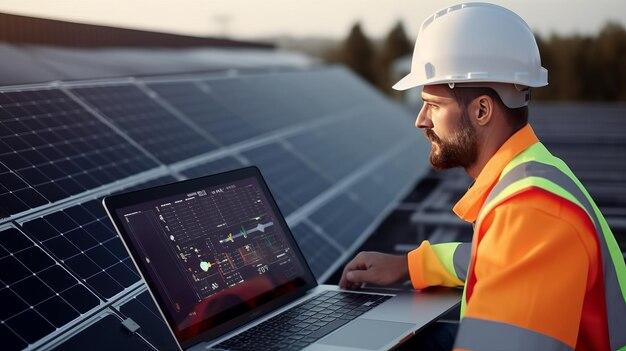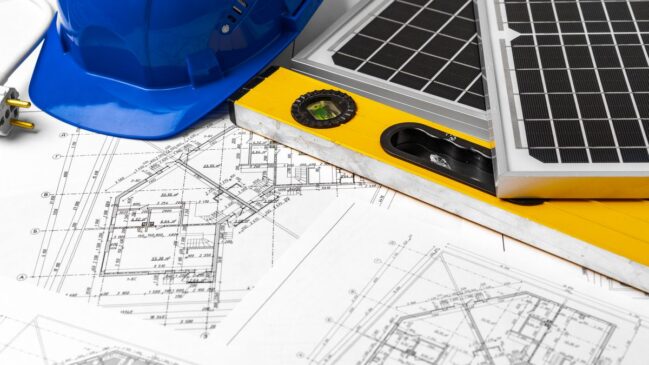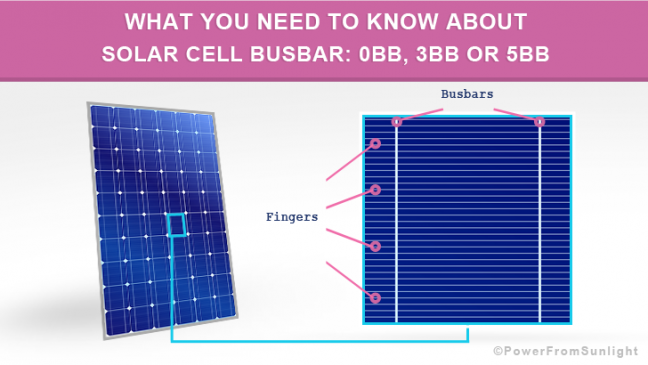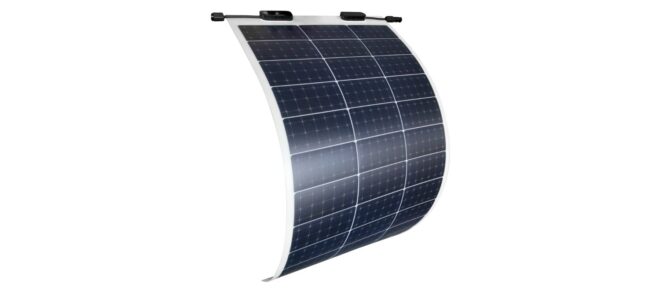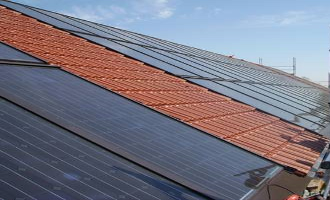
Solar panels installed on roof of a house for a renewable energy
Four site conditions are important to be considered when planning of a Solar PV system
Photovoltaics is not only the best renewable Energy Source (read this article), but the best solar energy technology too (read this article).
If you are interested in this article, please read the following article first.
If a possible surface for the Solar PV system has been found, it should be clarified whether, the site conditions permit a profitable economic operation of the Solar PV system.
To address this requirement, all location factors, which affect the yield, and thus the profitability of the Solar PV system must be verified.
Which site conditions affect the yield of the
solar PV system?
Global solar radiation
What is meant by global solar radiation?
The global solar radiation is defined as the amount of solar radiation, which falls on a square meter of horizontal surface within a period of one year. The global solar radiation is an important input for the yield calculation of a solar PV system.
Components of the global solar radiation
The global solar radiation consists of a direct part and diffuse part of solar radiation. The direct solar radiation is the rays, which fall directly from the sun to the earth.
On its way through the atmosphere, a portion of the global solar radiation is dispersed, and does not reach in a direct way the earth’s surface. This part is called diffuse solar radiation, and can constitute under a cloudy sky, 100% of the global solar radiation.
Which factors influence the global solar radiation?

The global solar radiation is not a constant factor, but it depends on the location, the time of day, the season and the weather.
It depends on, for example, how high is the sun in the sky. When the position of the sun is high, the route through the atmosphere is shorter, and the absorption and diffusion of the sun rays are lower.
Therefore, the global solar radiation is higher in more southerly latitudes, and in the summer than in the winter. But the weather conditions also affect the global solar radiation. So with thick clouds, the global solar radiation is only a fraction of the total value when the sun is shining.
The averaged global solar radiation
For the planning of a solar PV system, the yearly totals of global solar radiation are an important output value. For example, in the USA, They have an average between 1200 and 2200 kilowatt hours per square meter per year (kWh/m²a).
In the North of the USA, the annual average global radiation is ca. 1200-1600 kWh/m²a. In the sunny regions of the USA, this value can reach 2200 kWh/m²a.

Roof inclination
Another factor that can affect the yield of the solar PV system is the roof inclination.
Optimal yields and angle of inclination (roof pitch angle)
The highest yields can be obtained in a photovoltaic solar cell if the solar radiation meets its surface well vertically. Because the sun position is never constant during the days of the year, the optimal radiation of fixed mounted solar modules is not permanent.
The aim is therefore to find the optimum roof pitch angle, which produces the highest annual total yields. In the USA, this is in the south between 26° and 37° and between 37° and 45° in the North.

Most pitched roofs have an incline, which is suitable for solar PV system. The loss of solar power, which results from flatter or steeper roof pitch angles are not – with an optimal southerly orientation – extremely high.
Roof orientation

The roof orientation means the direction in which the roof points. It is directly related to the roof inclination.
Just like the roof inclination, the roof orientation is fixed, and cannot be changed. Only on flat roofs the solar modules can be elevated to achieve an optimum roof pitch angle and an ideal orientation.
Optimal Orientation: South
The optimal roof orientation points to the south, so lies at 0° azimuth angle. Few houses have this optimal direction, but it does not matter because with a small variation the expected loss is not that significant.
Even with an orientation towards southeast or southwest, the losses in yields are equivalent to only 5 %.
Shading

Another location factor, which co-determines the yield of the solar PV system is possible shading. The importance of this factor is often underestimated.
In fact, high shadows can regularly be expected, for example, from trees or other buildings in the neighborhood, then, the solar PV system must be planned precisely.
A shadow on one part of the solar PV system can reduce the total output of the corresponding PV string. So it makes sense, that no solar modules would be installed in certain areas of the roof.
However, even slight shadows, for example from chimneys, antennas, individual tree branches, or a satellite dish should be considered.
Tip: When Planning the installation of a solar PV system, any shading during the year should be verified.
Summary Chart
The next chart summarizes again the site conditions, which must be considered when planning of a solar PV system:
| Site condition | Optimum |
| Global solar radiation |
|
| Roof inclination |
|
| Roof orientation |
|
| Shading |
|

